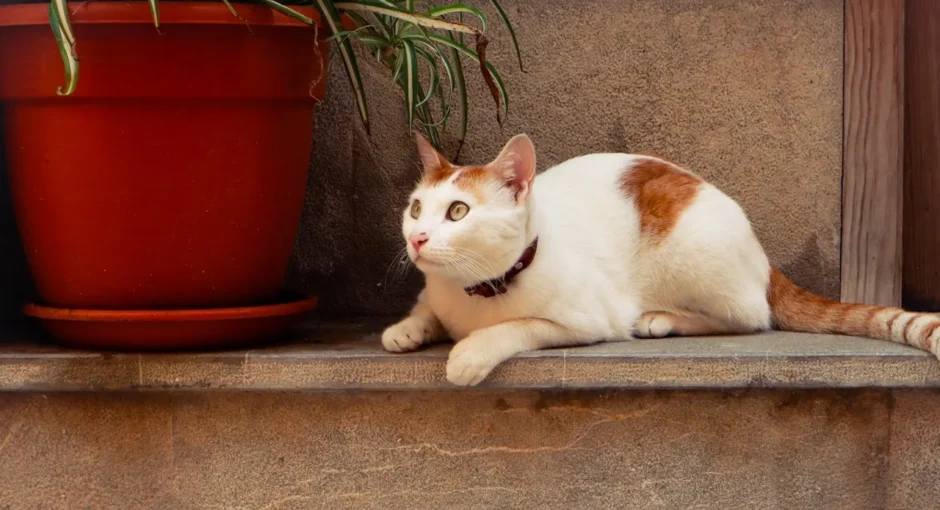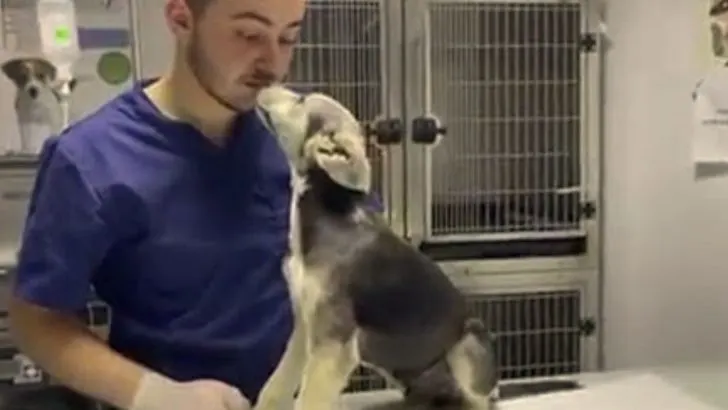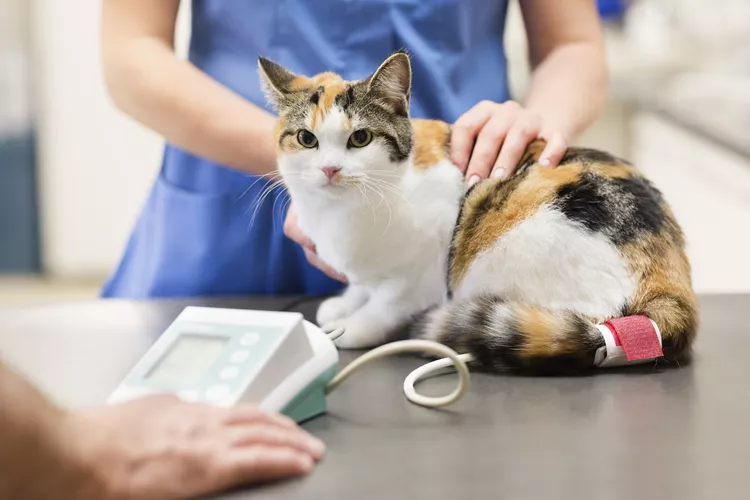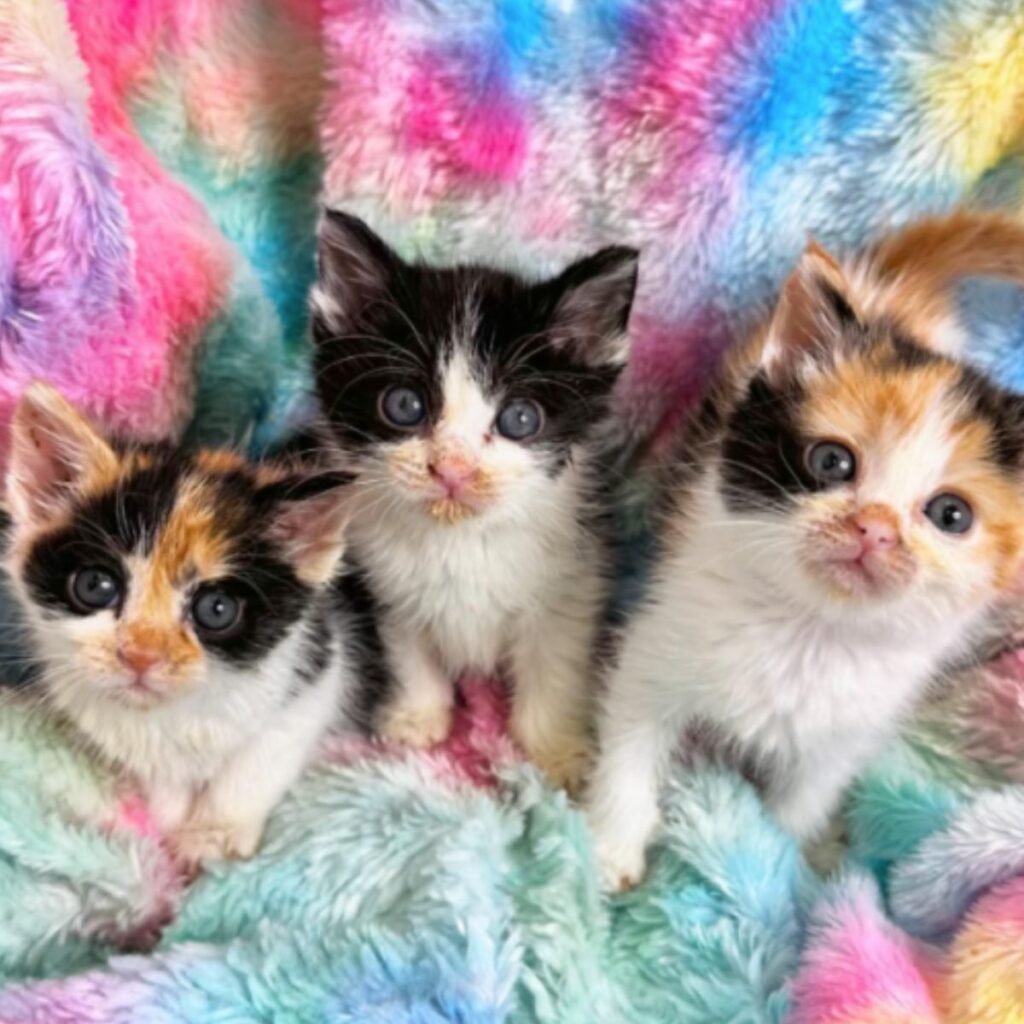Dive into the enchanting world of furbulous felines with this cat fact list that spotlights some of the most fascinating cat information. Did you know that while some whiskered wanderers are utterly mesmerized by catnip, a staggering 30% to 50% of cats lack the gene that triggers this reaction? Or consider the robust longevity of indoor-only cats, who can enjoy a comfortable life ranging from 12 to 20 years – a stark contrast to the 3 to 10-year average of their outdoor counterparts. Furthermore, 99.9% of stunning calico and tortie cats showcase their X-chromosome theatrics by being female, and a significant majority of orange tabby cats, 4 out of 5 to be exact, proudly strut their stuff as males. With such fun facts about cats, these feline curiosities continue to charm and intrigue us. Stay tuned as we unravel more cat behavior facts and strange cat facts that celebrate the majestic and mysterious nature of our beloved feline friends.
Cats have unique noses
Delving into the intricate world of cat noses, we uncover unique cat features that are essential to their survival and daily interaction with the environment. It’s well-known that each cat’s nose is as distinctive as a human fingerprint, adding to the diverse tapestry of cat nose variations observed across the feline species.
Recent scientific research, published in PLOS Computational Biology, has uncovered remarkable insights into the functional prowess of a cat’s nose. Notably, scientists have found that a cat’s olfactory reception capabilities are over 100 times more efficient than those of an amphibian-like straight nose in a skull of comparable size. Such efficiency is partly due to the astonishing up to 200 million specialized olfactory cells that cats possess, which dwarfs the human count of just five million cells, imparting upon cats a sense of smell approximately 14 times keener than that of our own.
The study, led by Zhenxing Wu with insights from Jianbo Jiang, Fritz Lischka, Scott McGrane, and Yael Porat-Mesenco, utilized high-resolution 3D computer models derived from micro-CT scans of a cat’s head. This allowed them to simulate the detailed air flow patterns through the intricate nasal passages unique to felines. The implications are profound, suggesting that understanding the sophisticated structure of cat noses could drive transformative advances in the design and function of gas chromatographs used today.
- The nose’s role in territorial marking and communication is pivotal to feline interaction.
- Unprecedented olfactory detection aids cats in fulfilling their roles as natural hunters.
- Cat nose variations in shape, size, and color also play an integral part in individual and breed identification.
However, a cat’s sensory arsenal extends beyond their exceptional olfaction. Their ear flaps, for instance, can rotate 180 degrees, enabling them to localize sound sources to an accuracy of a few inches in a mere six-hundredths of a second, from distances up to three feet away. Their auditory acuity is also noteworthy; they can discern tonal variations as slight as one-tenth of a tone, which showcases their ultrasonic hearing as superior even to that of humans and dogs.
Furthermore, their vision is adept for nocturnal living; a cat’s pupils can expand 300-fold in darkness, a stark contrast to human pupils’ 15-fold expansion. Yet, their perception of color is less detailed, due to a lower cone count in their retinas, rendering the world in less vibrant hues than those perceived by humans.
It is undeniable that the symphony of senses within cats culminates in a spectacular collage of unique cat features, from their magnificent olfactory abilities to their extraordinary visual and auditory senses. As ambassadors of sensory richness, cats not only inspire awe but also provoke valuable scientific research with real-world applications.
Cats can “hear” with their whiskers
The mysterious and enchanting cat whiskers, or vibrissae, do much more than frame a feline’s face. They are precise feline sensory organs that provide cats with detailed information about their environment. These whiskers as tactile sensors transform minute vibrations into a sensory map, guiding cats in the absence of light and giving them a heightened spatial awareness.
Cat whiskers boast a range of impressive whisker functions. Each whisker is rooted deeply in the skin and connected to an array of nerves, making them incredibly sensitive. Cats are capable of detecting the slightest change in breeze, portraying the texture of surfaces and even responding to vibrations in the environment akin to acoustic signals, hence the saying they can “hear” with their whiskers.
But what many might not know is that the prowess of cat whiskers is underpinned by staggering statistics that poise cats as sensual superiors within the animal kingdom. Here are a few:
- A cat’s visual field of view spans 200°, outstripping the human field by 20°.
- Their acute sense of hearing allows cats to pinpoint within 8 centimeters the location of a sound made 1 meter away.
- Felines’ sense of smell eclipses our own, being 9-16 times as potent due to their 45 to 200 million odor-sensitive cells, compared to humans’ paltry 10 million.
- On their faces alone, you’ll find about twenty-four movable vibrissae that they can independently steer to sense their surroundings.
- Cats possess specialized taste receptors for umami, heightening their craving for proteins like those found in tuna.
- Their hearing frequency range is near twice as high as humans’, allowing them to detect sounds that are imperceptible to us.
- Among many of their auditory feats, cats can rotate their ears a full 180 degrees, thanks to 32 ear muscles, ensuring they miss nothing within their audible sphere.
While they’re renowned for their agility and silence, cats rely heavily on their intricate whisker functions to communicate with the world. They may not truly “hear” as we do, but with whiskers serving as powerful tactile sensors, cats are equipped with their own unique brand of perception, flawlessly navigating through life’s many twists and turns.
Cats sleep more than any other mammal
Delving into cat sleep behavior, statistics show that cats are indeed the sleep champions among mammals. Observing feline sleep patterns, it becomes clear that more than half of our feline friends sleep between 12 and 18 hours a day. In fact, nearly 40% of cats may indulge in slumber for over 18 hours daily, often engaging in a polyphasic sleep pattern. This means they don’t sleep in one long session but rather take multiple cat naps throughout the day and night, averaging about 78 minutes each, though some may last anywhere from 50 to 113 minutes.
Just like humans, cats have a natural circadian rhythm, an internal process that regulates their sleep-wake cycle over a 24-hour period. Their crepuscular nature leads them to be most active in the pre-dawn and twilight hours. Understanding the duration and quality of a cat nap should not be overlooked, as these sleep spans are when they cycle through various stages, including both non-rapid eye movement (NREM) and rapid eye movement (REM) sleep. During NREM sleep, cats recover their physical strength, while REM plays a vital role in emotional and neurological health.
Alterations in sleep habit may signal an underlying condition, ranging from kidney disease to sensory loss, such as deafness, or less obvious issues like hyperthyroidism or feline immunodeficiency virus (FIV). Therefore, monitoring a cat’s rest can be critical to their care. Additionally, while some interesting behaviors such as knocking items over are driven by instincts such as prey detection, a cat’s need for rest remains a core aspect of their health and longevity. Not to mention, the fascinating fact that indoor cats can live almost twice as long as outdoor cats emphasizes the impact of environment and lifestyle on their well-being.
- More than half of cats sleep between 12 to 18 hours per day
- 40% of cats sleep over 18 hours per day
- Polyphasic sleep patterns involve average naps of 78 minutes
- Peak activity occurs during dawn and dusk due to crepuscular behavior
- Changing sleep habits could indicate serious health issues
In conclusion, cats as sleep champions reign supreme due to their significant nap durations and unique sleeping patterns. By appreciating these characteristics, cat owners can ensure their companions receive the rest necessary for a healthy and vigorous life.
Cats can purr at different frequencies
The enchanting sound of cat purring is not only a sign of contentment but also an intriguing form of cat communication. Cat owners are often familiar with the hum of a purr, but might not be aware that these feline vocalizations occur within a frequency range of 25 to 150 Hertz. This range happens to coincide with frequencies known for their healing properties, suggesting that cats may instinctively know how to soothe themselves and boost their healing. Remarkably, scientific studies have identified that cats achieve this rhythmic purr through the intermittent activation of both laryngeal and diaphragmatic muscles.
Cats are versatile in their purring abilities, managing to purr during inhalation and exhalation in a consistent pattern. Imagine the complex coordination required to maintain a purring frequency between 25 and 150 vibrations per second! It comes as no surprise that these purring frequencies, particularly the 24-140 vibrations per minute range, are therapeutic. They contribute to improved bone density, pain relief, and expedited wound healing. This therapeutic aspect may also extend to cat owners; research by the University of Minnesota Stroke Center revealed that owning a cat could reduce the risk of myocardial infarctions and strokes, underscoring the positive health impact of these mesmerizing purring frequencies.
But cats are not the only purring maestros in the animal kingdom. Indeed, feline vocalizations may share commonalities with the purrs of other animals such as guinea pigs, raccoons, and even foxes. Yet, the cats’ purr remains unique due to an unusual peak found by researchers at the University of Sussex in the 220- to 520-hertz frequency range, embedded within those lower purring frequencies. Understanding these intricate facets of cat communication not only deepens our appreciation for our feline companions but also underscores the complex biological underpinnings of behaviors we often take for granted.
Cats can jump up to 6 times their height
The feline world is full of awe-inspiring abilities, and among them is the cat’s astonishing jumping prowess. Known as a showcase of feline acrobatics, a healthy adult cat boasts the cat athleticism to leap up approximately five to six times its body length, equating to vertical bounds of nearly 8 feet! This feat is not just limited to vertical ascents; cats demonstrate equal agility horizontally. The strength behind these incredible leaps comes from their agile legs, a flexible spine, and powerful back muscles.
Notably, the record for the longest jump by a cat is held by a remarkable feline known as Waffle the Warrior Cat, who achieved an impressive leap of 7 feet. Such feats emphasize the innate cat agility that these animals possess. However, it’s imperative for pet owners to recognize that not all cats are the same; breeds with shorter legs might not reach the same distances due to physiological differences. Understanding your cat’s unique capabilities and providing appropriate jumping facilities, such as indoor cat trees and furniture, can greatly enrich your feline’s environment.
Moreover, cats utilize more than 500 muscles to power their leaps and over 200 bones for mid-air adjustments, illustrating the complexity behind their adept movements. Even their whiskers and tails play roles in their cat jumping ability, with whiskers detecting minor vibrations and air currents and tails serving as balancing instruments. Encouraging safe and purposeful jumping through the use of attractive spots sprinkled with catnip or keeping tempting items off countertops can help redirect their innate desire to leap. And always keep an eye on your cat’s jumping patterns; sudden changes could signal health issues that may require a veterinarian’s attention.







